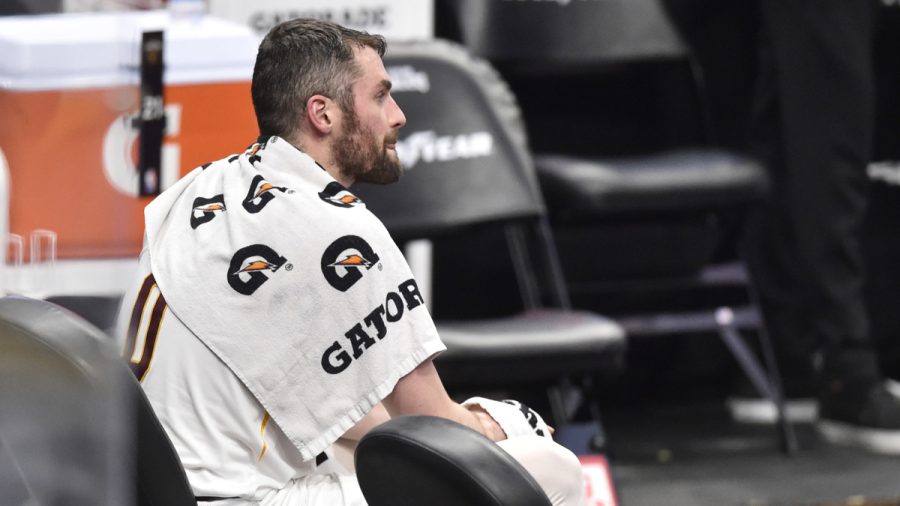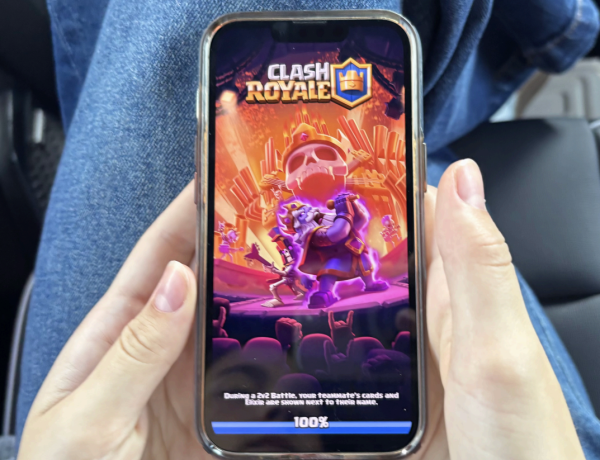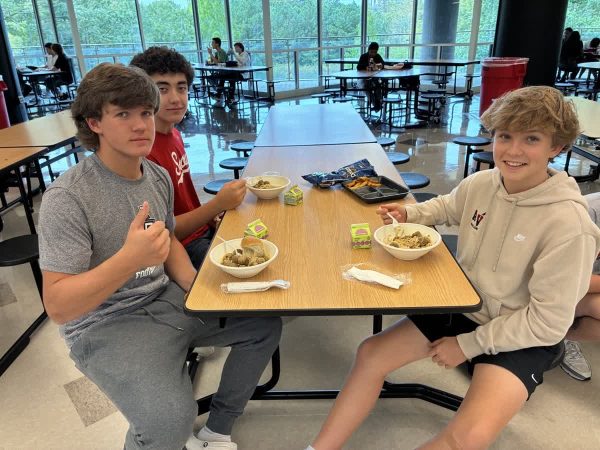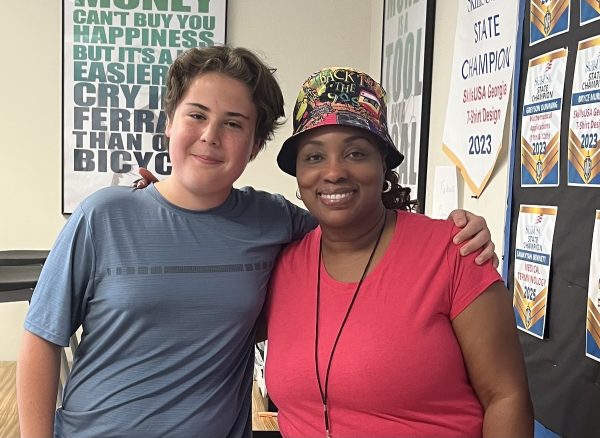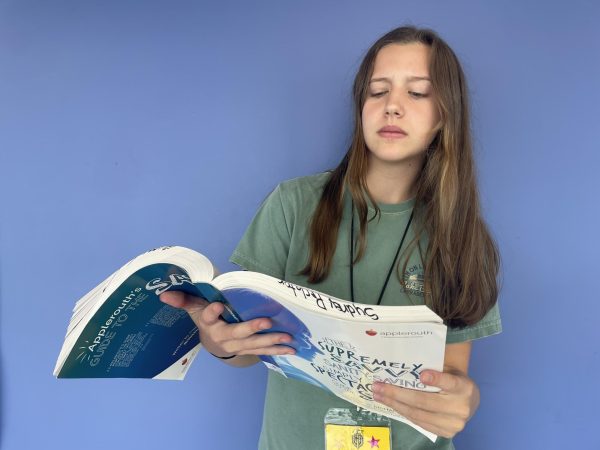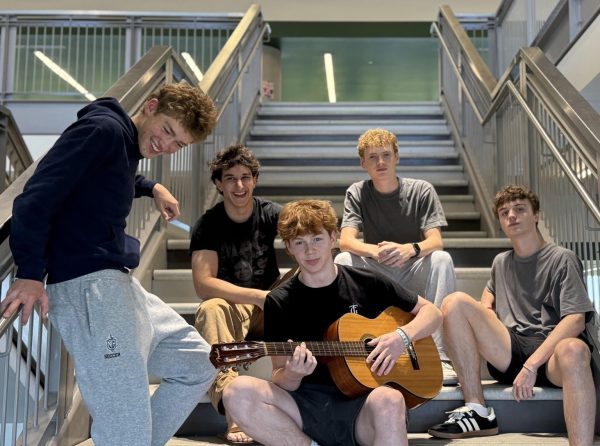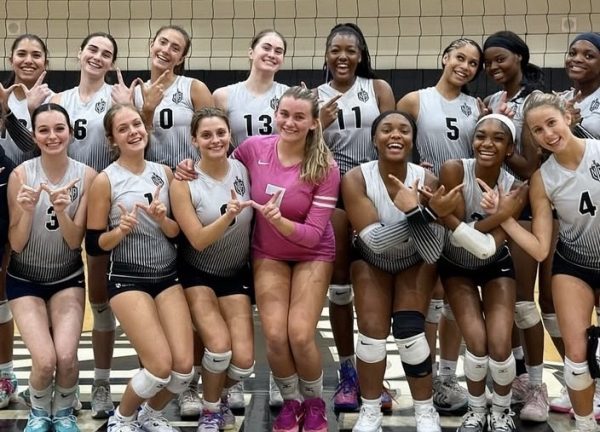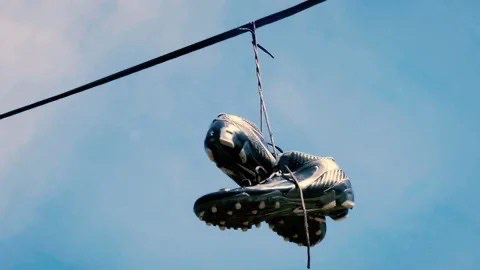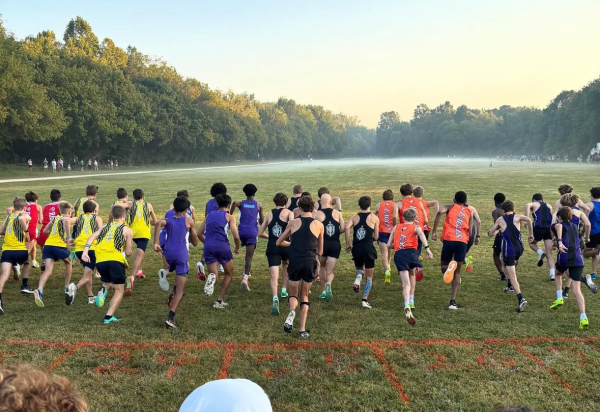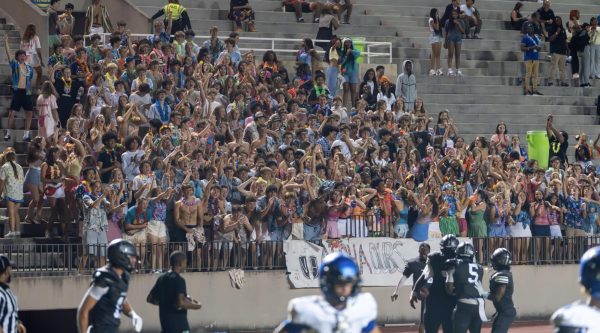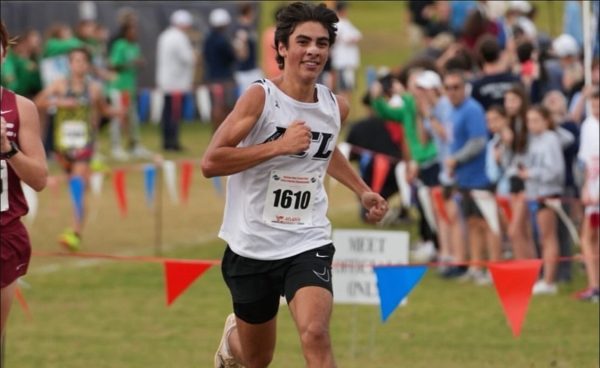It’s Bigger Than Ball: Mental Health in Sports
Sideline Struggles: Love’s anxiety and panic attacks impacted his time on the court.
The world is in the midst of a growing mental health crisis that plagues millions. Even with life returning to normal–or as close as we can get–people are struggling. According to the National Alliance on Mental Illness (NAMI), in the United States, one in five adults experiences mental illness in some capacity each year. 17% of all children, ages six to seventeen, experience some form of mental health disorder in that same span. Even with alarming numbers and statistics, mental health is still considered taboo, a subject too controversial for school or the dinner table. It begs the question, when is enough going to be enough?
In the past few years, the sports world has seen many of its biggest and brightest stars be upfront and open about their struggles. From tennis phenom Naomi Osaka to Olympic legend Michael Phelps, the challenges of mental health affect even the “invincible.” At the high school and collegiate levels, mental health issues have become incredibly prominent, from panic attacks to depression. Student-athletes of all ages deal with the anxiety and unhappiness that stem from an unhealthy and overly competitive academic and athletic environment. For former-Ohio State football player Harry Miller, his dwindling love for the game and overwhelming thoughts of suicide led him to make his 730-word statement declaring his retirement from the sport. Since hanging up his cleats, Miller has become an advocate for mental health–especially in sports–challenging those in a similar position to do the same. When asked about Miller’s transition away from football, Ohio State’s chair of Psychiatry Dr. Luan Phan was supportive and in awe of what Miller had done. “Harry is not only an embodiment of resilience but also a champion of resilience. His story shows how there is help out there, treatments that work, and that help can really be transforming,” she said.
Everyone’s experiences with mental health are different. For NBA Champion Kevin Love, it took the form of panic attacks and profuse anxiety. Love recounts breaking down on the training room floor, unable to think or breathe. Since opening up about his experiences in 2018, Love has become an advocate for mental health, opening the door for other athletes–amateur and professional–like fellow star Demar Derozan to speak out. The two future Hall-of-Famers have changed the way basketball views and reacts to mental health. For Derozan, his words carry substantial weight. Growing up in Compton, California, Derozan and thousands of others in the black community bottled up their stresses and anxieties for fear of ridicule and embarrassment. Derozan does not only represent the sport of basketball but the black community as well. “I watched people suppress their pain with alcohol, which turned them into completely different people…my depression forced me to a place where I was confined, quiet, [and] isolated,” he said in an interview with sports writer Jackie MacMullan.
It is impossible to expect student-athletes, especially those in high school, to know what to do when these negative feelings arrive. Some find sanctuary in the gym or continue to work on their craft, while others struggle to cope or continue playing. When in the middle of mental health struggles, it seems like there is no end in sight. The light at the end of the tunnel that people claim is there seems so distant and dim that it feels like all hope is lost. When athletes feel this way, it is the job of psychologists, coaches, friends, and family to hold out hope for them until they can do it themselves.
For those suffering and/or battling mental health at North Atlanta, do not hesitate to reach out to coaches, teachers, peers etc. Here are some available resources that might help:
- NAHS Hope Squad
- NAHS Mental Health Awareness Club
- 988 (Suicide and Crisis Hotline)
- Morgan’s Messgae (for Student-Athletes)


